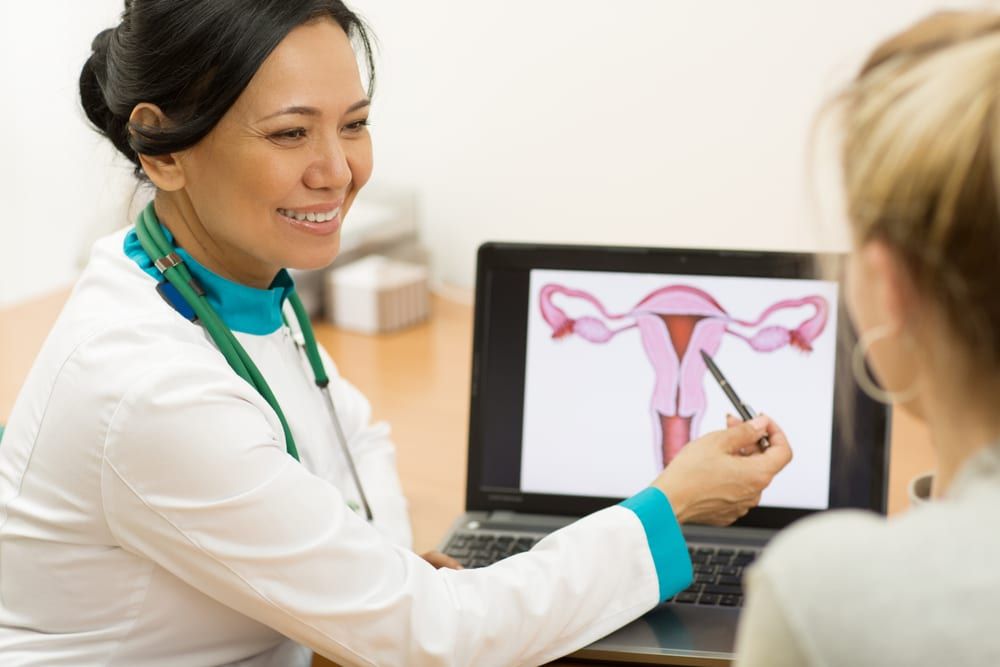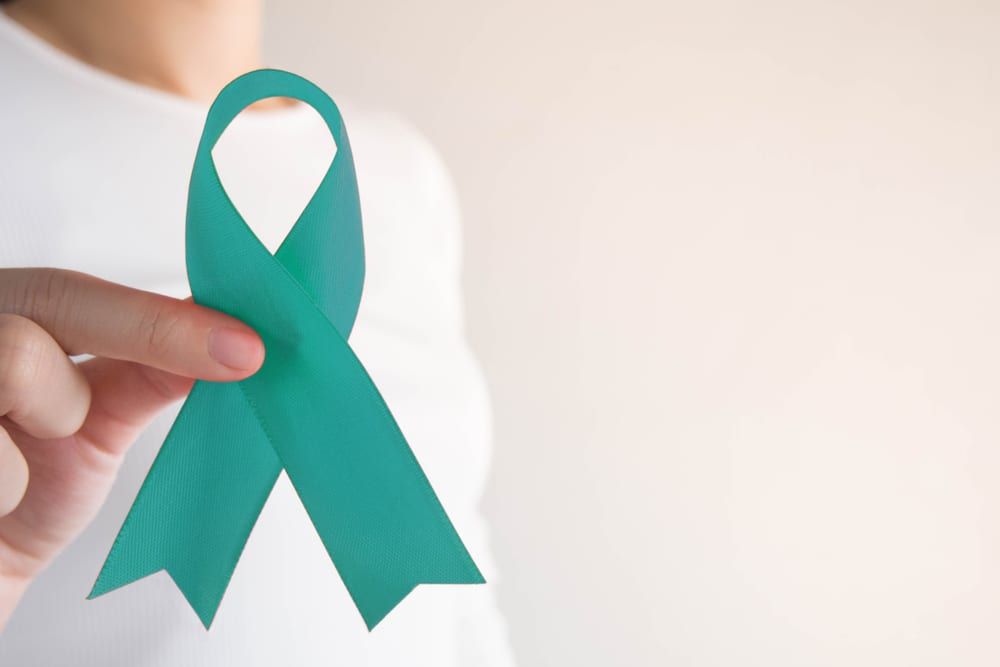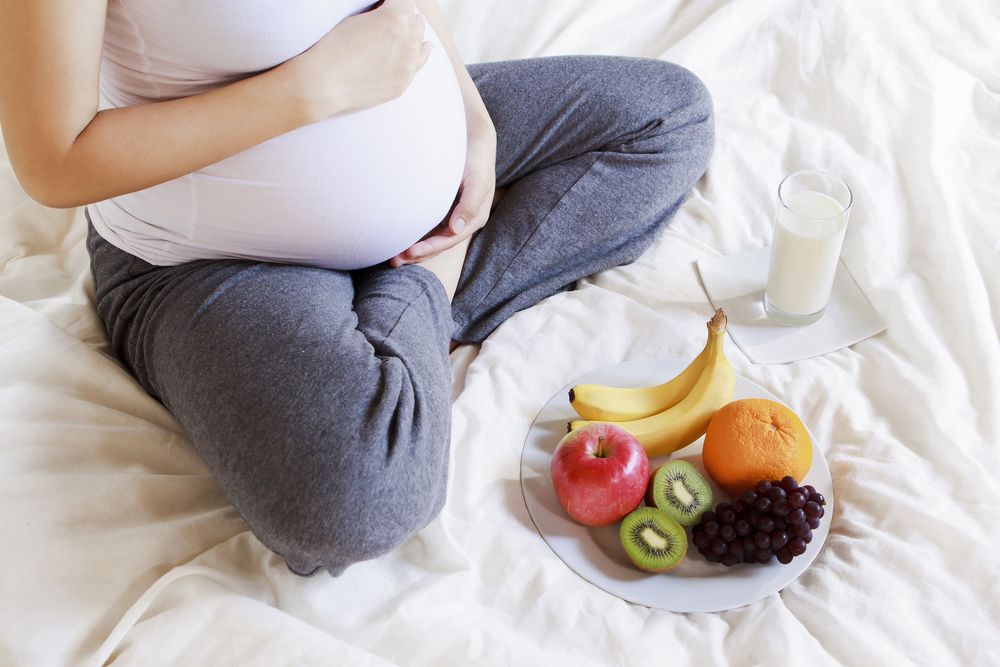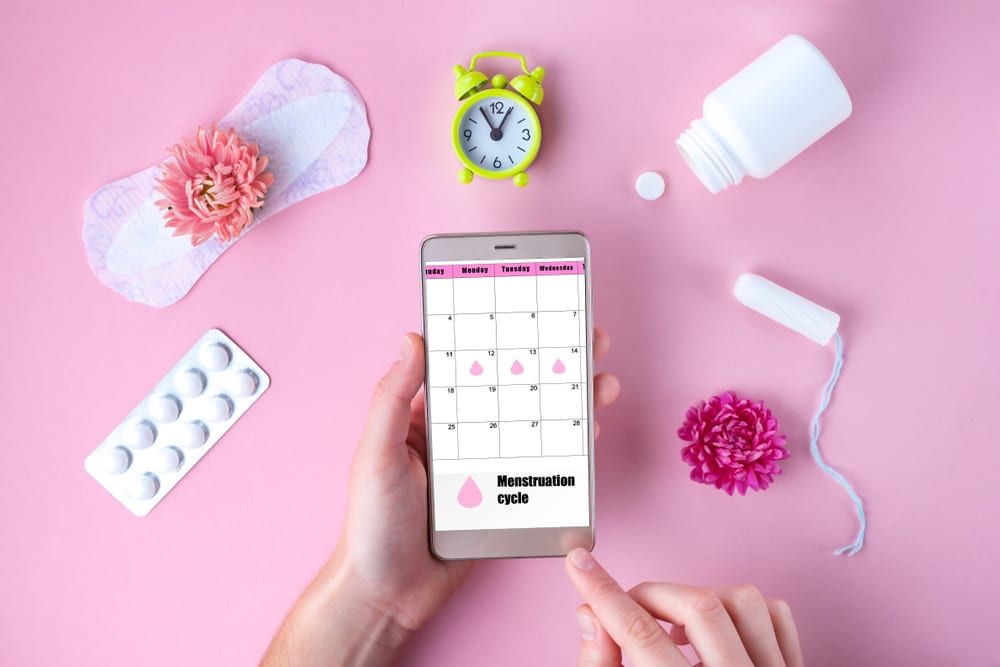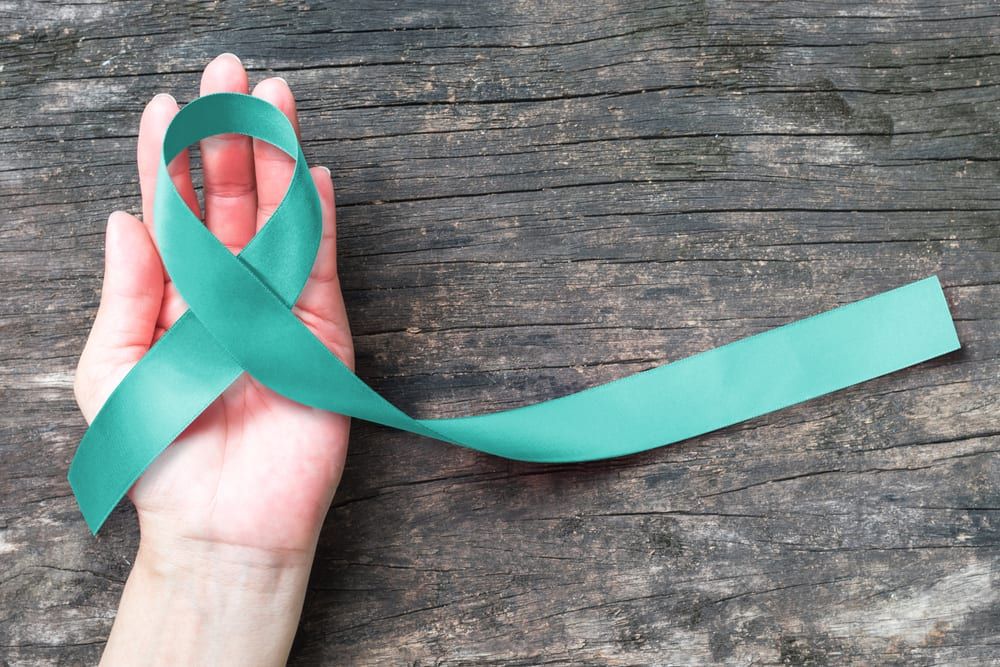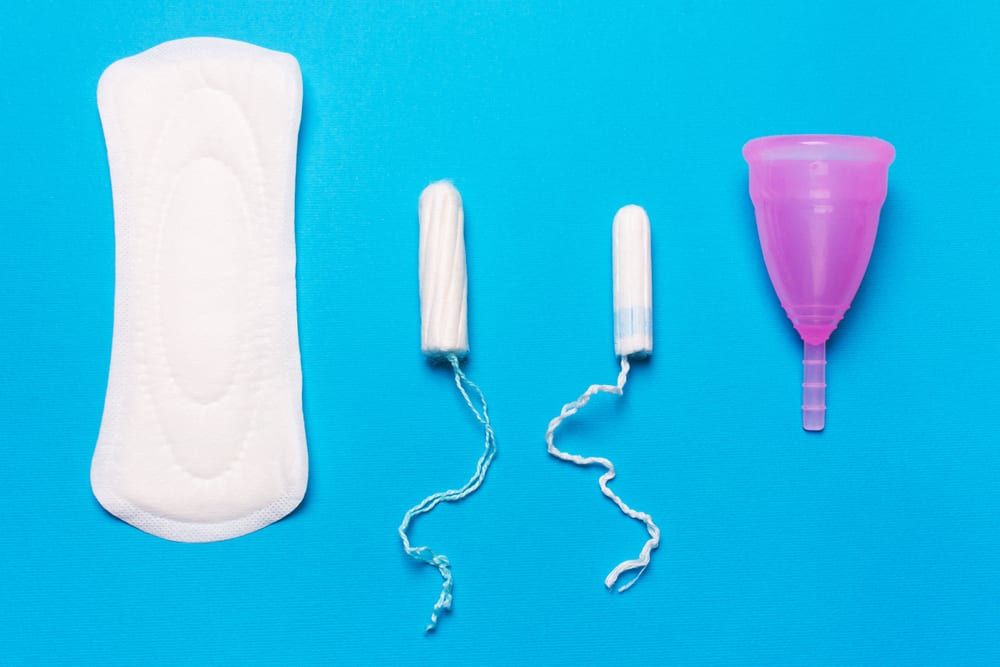Vaginal delivery is the birth of a child by way of the vagina. According to the National Institutes of Health, the majority of women are healthy enough to deliver their babies vaginally, though some do experience complications that require surgical delivery known as a cesarean section. Vaginal births begin with labor, which is different for every woman. Many women elect to take childbirth classes to prepare them for the miracle of childbirth. Depending on your health, the health of your baby, and the policies of your delivery center, you may be offered pain-relieving medications to help alleviate discomfort leading up to delivery.
Did you know…
that vaginal delivery is recommended because of its significant health benefits for both mother and baby? According to the American College of Obstetricians and Gynecologists, women who deliver their babies vaginally experience faster recovery times, fewer infections, and less time in the hospital than women who deliver via cesarean section. Furthermore, babies who are born vaginally have been shown to exhibit fewer respiratory complications than c-section babies.
Frequently Asked Questions
Am I a candidate for a vaginal delivery?
You could be a candidate for a vaginal delivery if you have experienced a healthy pregnancy free of major complications. However, there are a number of reasons your obstetrician may recommend a cesarean section birth instead, such as if you are delivering more than one baby, you have had a prior c-section, or your baby is breech.
What should I expect during vaginal delivery?
Your vaginal delivery will begin with labor, during which time your uterus will begin contracting to start dilating your cervix. Your cervix will begin to thin and open during this time to 10 centimeters, or about 4 inches. Once it reaches full dilation, you will begin pushing your baby through the birth canal. The vast majority of babies are born head down, and most are born within minutes of the scalp coming into view. Once your baby is birthed through the canal, your obstetrician will deliver the placenta shortly after.
Will I need to follow any post-delivery recovery guidelines?
Yes. Recovery from a vaginal birth is usually easier than recovery from c-section birth, but there are still some guidelines you must follow to protect your health. If you have any vaginal wounds or stitches following your vaginal delivery, it is important to keep it clean. You may be instructed to avoid taking baths or swimming for at least six weeks after delivery and also to abstain from sex. Contact your obstetrician if you pass blood clots larger than golf balls, have difficulty urinating, experience uterine tenderness, or come down with a fever.






























